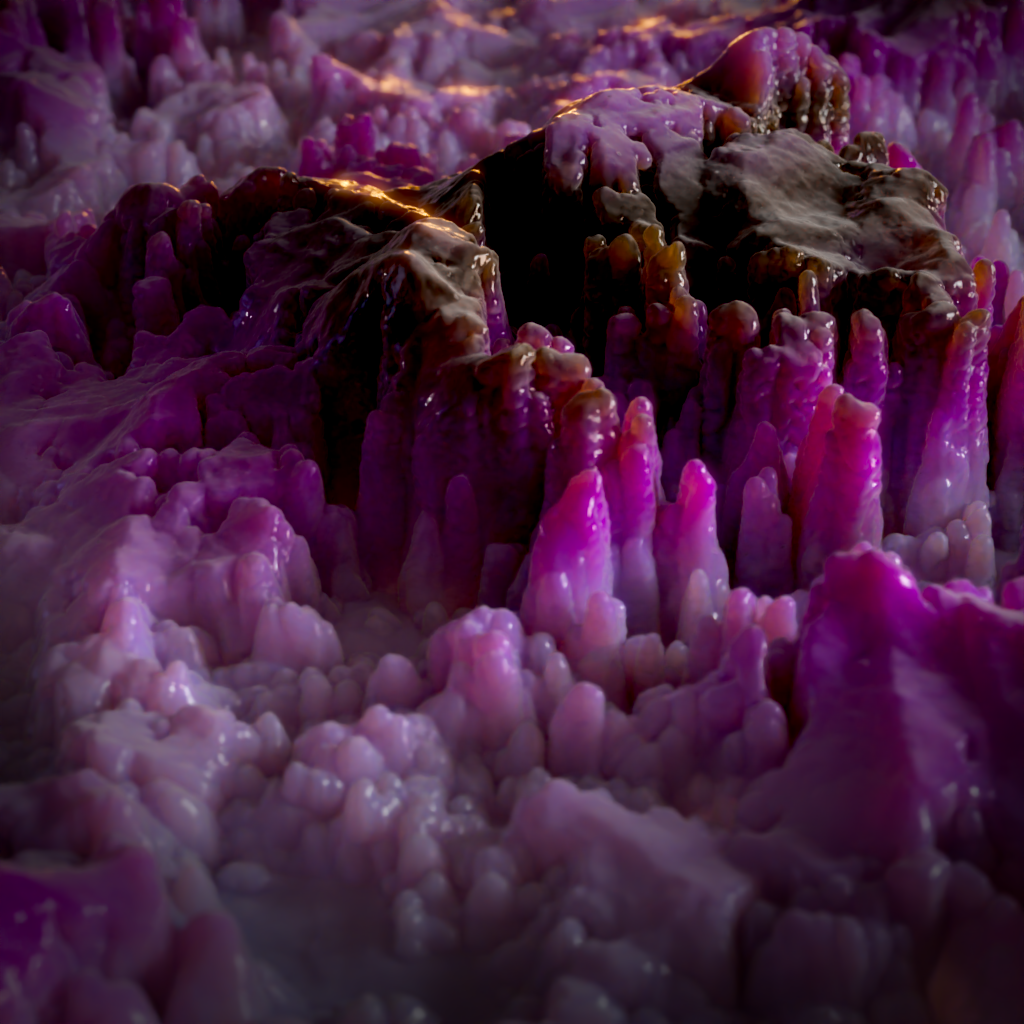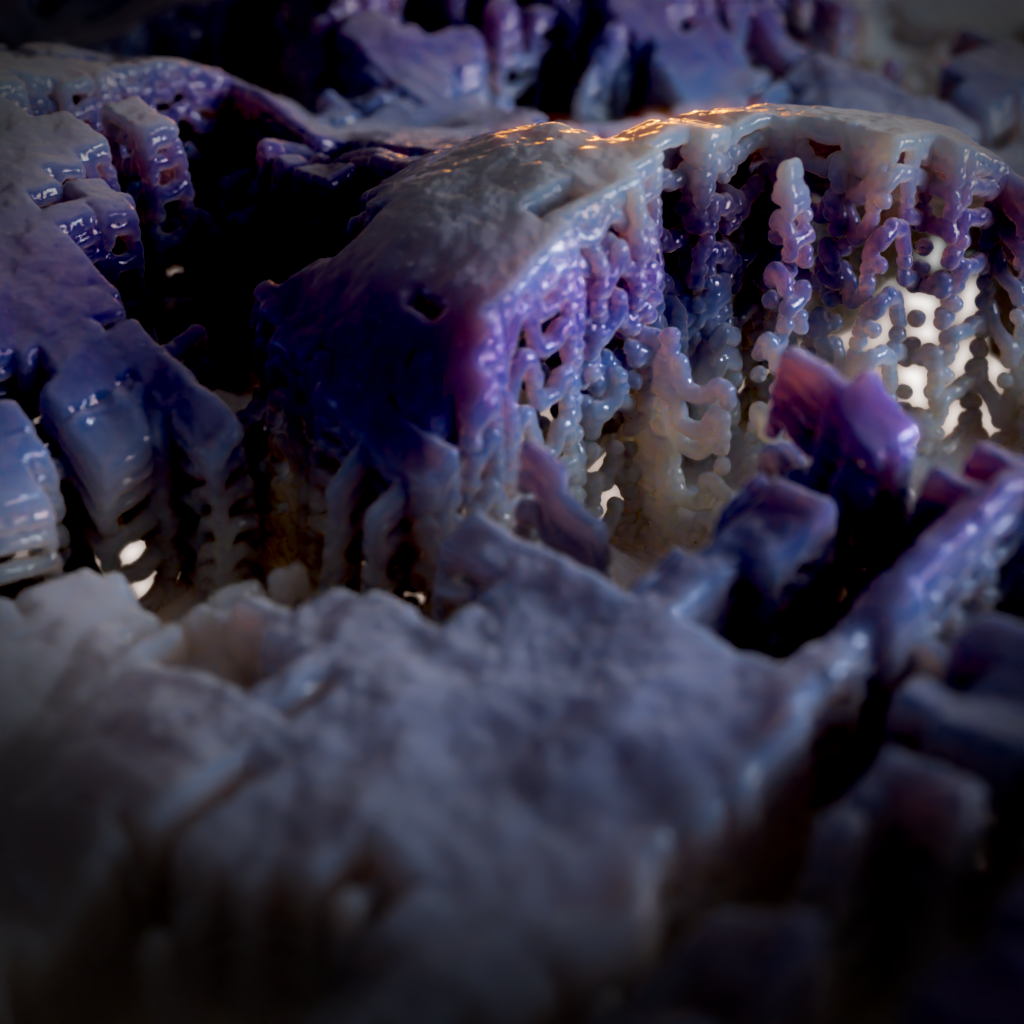JASPER
Located in a prominent leasing building in downtown San Francisco, Jasper is an innovative generative art installation. This installation showcases a dynamic collection of five distinct art styles, displayed across an ensemble of screens. A vital element of Jasper is the incorporation of a Microsoft Kinect depth-sensing camera. This camera captures depth information and merges it with the generative scenes, subtly influencing the visual effects with motion.
Generative Art & Design Coherence
Each art piece is thoughtfully crafted to resonate with the building's brand identity, ensuring a unified and captivating environment for visitors. Jasper stands as a testament to the potential of generative art in enhancing a space's visual appeal and offering a distinctive, interactive experience to those who visit.
Editor Tools for creating Presets
For the Jasper project, I crafted a suite of editor tools that empowered our art team to swiftly generate a multitude of presets. This suite facilitated the quick production of hundreds of presets, each imbued with its own variance, enriching the generative presentation and showcasing the robust capabilities of our art team’s creative workflow.
RAW DATA FROM MICROSOFT KINECT
Below is a collection of raw data captured using the Kinect, presented in various forms to demonstrate the underlying mechanics of the Jasper presentation. This data dynamically influences the behavior of particles, sketching actions, autonomous agents, and the clacker board, all triggered by the movement of individuals passing by.
Jasper examples
3D FRACTALS
Over the last ten years, my journey with 3D fractals has evolved from a simple hobby to a deeply engaging project. My initial foray into this realm involved the intricate task of calculating 3D fractal voxel points. This was achieved through a custom Max C++ MaxScript plugin, a tool that allowed for precise computations. To handle the immense data, I utilized the computing power of the Designstor farm, distributing the calculation workload to manage efficiency and scale.
Once I had amassed this raw fractal data, the next challenge was rendering these quadrillions of points. The key here was to accomplish this feat without pushing the machines to their limits, a task that required careful balancing of resources and technology.
Driven by this passion, I ventured into developing custom applications. These tools were not just functional; they were crafted to delve into and explore specific regions within these intricate fractal landscapes. This deep dive into complex fractal structures has significantly enriched my experience and understanding of 3D rendering.
The journey through rendering these immense and complex data sets has been more than just a technical challenge. It has been a masterclass in optimization, pushing me to refine my skills and approaches continually. This endeavor has not only been a fantastic avenue for exploring various rendering technologies but has also been instrumental in honing my abilities to work efficiently with large-scale 3D data. This experience has been both a challenging and rewarding aspect of my professional growth and personal exploration in the world of 3D graphics.
Artwork
The collection presented below showcases a variety of generative artworks, ranging from flowfields and rectangle packing to custom noise shaders, among other techniques. Beyond the enjoyment derived from the creative process, these pieces serve an additional purpose: they act as practical testing grounds for new algorithms, rendering techniques, and software pipelines. Interestingly, many of these generative methods often find their way back into professional work pipelines, demonstrating a synergy between artistic exploration and practical application.






















































